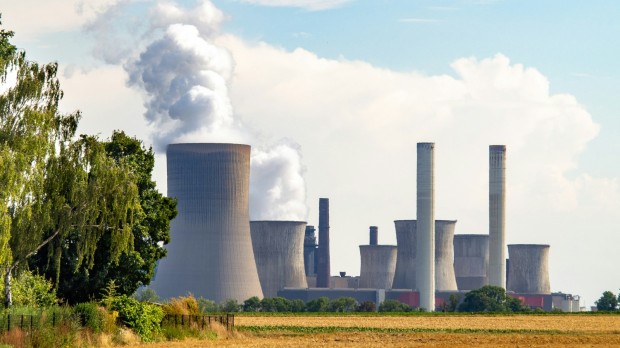The presidents of Uzbekistan and Russia recently signed a historic agreement to build Central Asia's first nuclear power plant. This project is expected to address rising energy demands and contribute to sustainable development in Uzbekistan.

(Photo : Unsplash/Wim van 't Einde)
Historic Agreement Between Uzbekistan and Russia
An agreement was reached between Russian President Vladimir Putin and Uzbek President Shavkat Mirziyoyev during Putin's state visit to Uzbekistan this week, which might result in the construction of Central Asia's first nuclear power plant beginning as soon as this summer, although on a lower scale than was initially intended.
According to the remarks made by the President of Uzbekistan, nearly all of the leading nations in the entire globe rely on nuclear energy to secure their energy independence and sustainable development.
Moreover, the Director General of Rosatom, Alexey Likhachev, and the Director of UzAtom, Azim Akhmedkhadzhaev, signed an agreement to increase their collaboration during Putin's official visit. The UzAtom subsidiary tasked with constructing Uzbekistan's initial nuclear power facilities and Atomstroyexport, a Rosatom company that distributes atomic energy equipment and services, entered into a contractual agreement.
On the other hand, the Russian RITM-200N reactor, an adaptation of maritime technology for terrestrial operation, will be employed in constructing the project in the Jizzakh region of Uzbekistan. In addition to having an electrical power output of 55 MW, every module has a thermal electricity capacity of 190 MW. Thus, units can have an operational lifespan of up to 60 years.
As per ROSATOM, modern Russian icebreakers have tested RITM-200 series reactors, the foundation of which is the RITM-200N reactor, under severe Arctic conditions. Nevertheless, the nuclear icebreakers Arktika, Sibir, Ural, Yakutia, and Chukotka have utilized ten RITM-200 reactors produced since 2012. In the western Arctic region, it has been stated that the first three are currently in service and successfully accompanying vessels.
Construction of Central Asia's First Nuclear Power Plant
The nuclear power plant will be built on a site with a total capacity of 330 megawatts (MW), and it will be composed of six reactors that are each 55 megawatts (MW). During the construction phase, local businesses will be involved, in addition to the Russian state enterprise Rosatom, which will serve as the general contractor.
Furthermore, according to Azim Akhmedkhadjaev, the director of Uzatom, the nuclear development agency of Uzbekistan, the country's need for energy sources will nearly quadruple by 2050. It is reportedly evident that along with renewable energy sources, the country must also secure the availability of a base-load power source to guarantee the energy system's uninterrupted operation and continue to foster economic growth.
Additionally, a worldwide surge in attention is observed toward novel nuclear initiatives, encompassing both sizable modular reactors and large-scale power facilities. The organization is confident that by increasing collaboration with Rosatom, their energy sector will be fortified with cutting-edge nuclear energy technologies. Rosatom stated that the construction location has already undergone several necessary safety and suitability certification processes, which will substantially shorten the project's implementation schedules.
Thus, developing small modular reactors (SMRs) has created over 80 designs. These nuclear power units are typically characterized as having a capacity of up to 300 megawatts of electrical power (MWe), employing modular technology that involves manufacturing modules in a factory, and aiming to achieve economies of serial production and shorter building timeframes.
Related Article: Top 6 Most Efficient Energy Solutions in Construction







